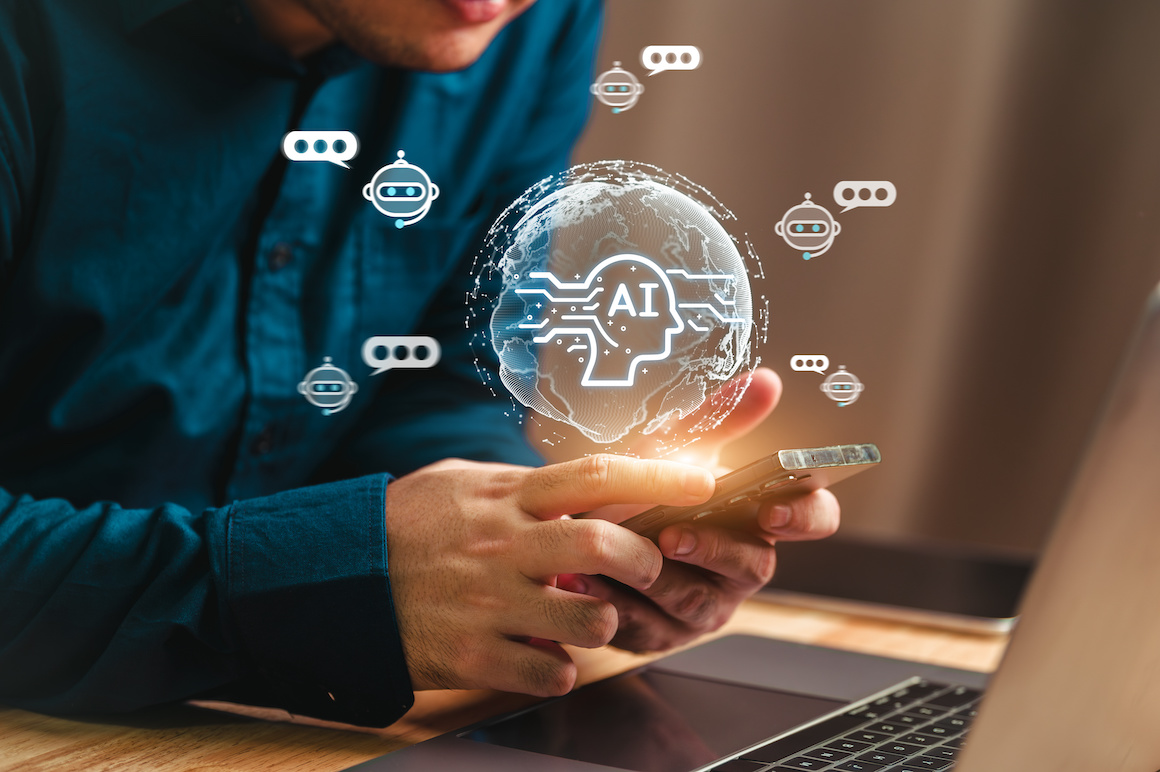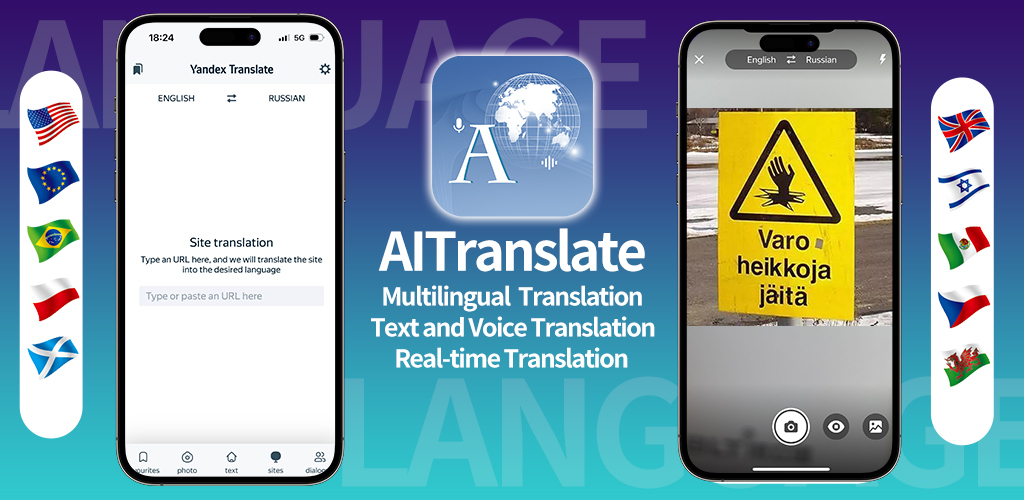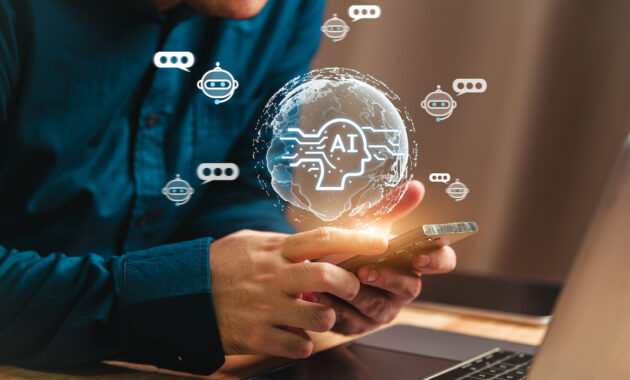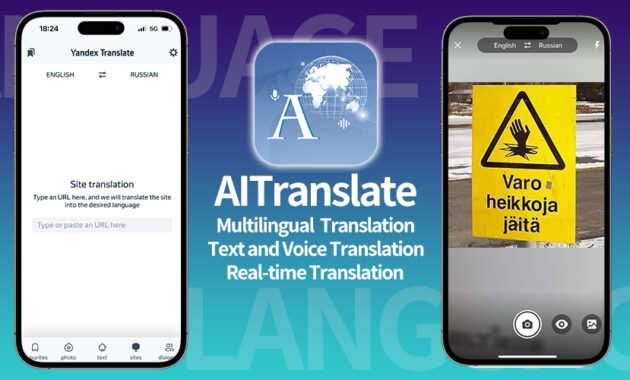AI Tools That Everyone Is Talking About in America are reshaping how we communicate and translate languages in a rapidly globalizing world. As technology advances, the importance of effective translation has never been more critical, providing bridges between diverse cultures and enhancing global discourse. From historical roots to modern advancements, translation has continually evolved to meet the needs of a connected society.
This exploration delves into various types of translation, including literary and technical interpretations, and examines the growing influence of machine and human translation tools. Understanding the intricacies of the translation process, including the challenges faced by translators when addressing idiomatic expressions and cultural nuances, is essential for fostering clear communication across languages.
In an increasingly interconnected world, the importance of effective communication transcends geographical boundaries, cultural differences, and technological barriers. This article delves into the multifaceted nature of communication, elucidating its various forms, the underlying principles that guide successful interactions, and the impact of emerging technologies on this essential human endeavor. Through exploring these dimensions, we aim to provide a comprehensive understanding of communication that can be applied in both personal and professional contexts.### Understanding CommunicationCommunication, in its broadest sense, refers to the process of exchanging information, ideas, thoughts, and feelings between individuals or groups.
This process can occur through verbal and non-verbal means, encompassing a wide range of channels and formats. The fundamental elements of communication include a sender, a message, a medium, and a receiver. Each of these components plays a crucial role in ensuring that the intended message is conveyed accurately and effectively.The study of communication can be traced back to ancient civilizations, where early forms of communication evolved from primitive gestures and sounds to more complex systems of language.
Today, scholars and practitioners categorize communication into several forms, including interpersonal, group, public, and mass communication. Each type serves distinct purposes and utilizes different strategies and methods to engage the audience.### The Elements of Communication
1. Sender
The sender is the individual or entity initiating the communication process. The sender must effectively encode the message to ensure clarity and comprehension. Factors such as tone, language choice, and body language can significantly influence how a message is perceived.
2. Message
The message is the core content being communicated. It can take various forms—spoken words, written text, visual images, or gestures. The complexity of the message can affect how it is received; therefore, it should be tailored to the audience’s understanding and context.
3. Medium
The medium is the channel through which the message is transmitted. This can include face-to-face conversations, telephone calls, emails, social media platforms, and other digital communication tools. The choice of medium can impact the effectiveness of the communication, as different channels have varying levels of immediacy and intimacy.
4. Receiver
The receiver is the individual or group for whom the message is intended. Understanding the receiver’s background, attitudes, and preferences is vital for effective communication, as these factors influence how the message is interpreted.
5. Feedback
Feedback is the response from the receiver back to the sender. It completes the communication loop, allowing the sender to gauge the effectiveness of their message. Feedback can be verbal or non-verbal and provides critical information for adjusting future communications.### Barriers to CommunicationDespite the fundamental importance of communication, several barriers can impede the process. These barriers can be categorized into physical, psychological, and semantic obstacles.
Physical Barriers
These include environmental factors that hinder communication, such as noise, distance, and technological malfunctions. For example, a poor internet connection during a video call can disrupt the flow of conversation and lead to misunderstandings.
Psychological Barriers
Emotions, perceptions, and attitudes can significantly affect communication. Prejudices, biases, and stress can distort the way messages are sent and received. For instance, if a receiver is preoccupied with personal issues, they may misinterpret the sender’s intent.
Semantic Barriers

These arise from misunderstandings related to language or terminology. Jargon, idioms, and cultural nuances can lead to confusion, particularly in diverse settings. Ensuring that the language used is clear and appropriate for the audience is essential for effective communication.### The Role of Non-Verbal CommunicationNon-verbal communication plays a crucial role in conveying messages. This form encompasses body language, facial expressions, gestures, and even tone of voice.
Research indicates that a significant portion of interpersonal communication is transmitted non-verbally. For example, a person’s posture or eye contact can significantly enhance or detract from the verbal message being conveyed.Non-verbal cues often serve to complement or contradict verbal messages. In many cases, they can provide additional context or emotional depth to the spoken word. For instance, a smile can enhance a greeting, while crossed arms might indicate defensiveness, despite the words being spoken.
Understanding and interpreting these non-verbal signals can enhance interpersonal communication and foster stronger connections.### The Impact of Technology on CommunicationThe advent of technology has revolutionized communication, enabling instant interactions across the globe. Email, social media, video conferencing, and instant messaging have transformed how individuals connect and share information. However, while technology facilitates communication, it also introduces new challenges.One significant advantage of technology is the ability to communicate with a diverse audience regardless of physical location.
This accessibility allows for the sharing of ideas and collaboration across cultural and geographical boundaries. However, it can also lead to misunderstandings due to the lack of non-verbal cues present in face-to-face interactions.Moreover, the speed of technological communication can create an expectation for immediate responses, leading to increased stress and pressure on individuals. The phenomenon known as “information overload” can occur when individuals are bombarded with excessive messages, making it challenging to filter and respond effectively.### Strategies for Effective CommunicationTo navigate the complexities of communication successfully, several strategies can be employed:
1. Active Listening
Engaging in active listening involves fully concentrating on the speaker, understanding their message, responding thoughtfully, and remembering key points. This practice fosters mutual respect and understanding and encourages open dialogue.
2. Clarity and Conciseness
Striving for clarity and brevity in communication can prevent misunderstandings. Utilizing simple language and avoiding jargon can help ensure that the message is accessible to the audience.
3. Empathy
Understanding the emotions and perspectives of others is essential for effective communication. Demonstrating empathy allows individuals to connect more deeply and fosters a supportive environment.
4. Feedback Mechanisms
Encouraging and providing feedback can enhance communication effectiveness. Establishing channels for constructive feedback allows for continuous improvement and adaptation in communication practices.
5. Cultural Awareness
Being cognizant of cultural differences in communication styles can facilitate more successful interactions. This awareness can help avoid misinterpretations and build rapport in diverse settings.### ConclusionCommunication is a dynamic and complex process that plays a pivotal role in human interactions. By understanding its fundamental elements, recognizing barriers, and employing effective strategies, individuals can enhance their communication skills and foster stronger relationships.
As technology continues to shape the landscape of communication, adapting to these changes while maintaining clarity, empathy, and cultural awareness will be crucial. Ultimately, effective communication is not just about exchanging information—it’s about building connections, understanding one another, and creating a more harmonious society.







